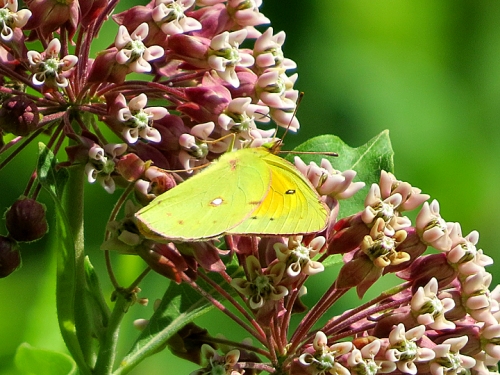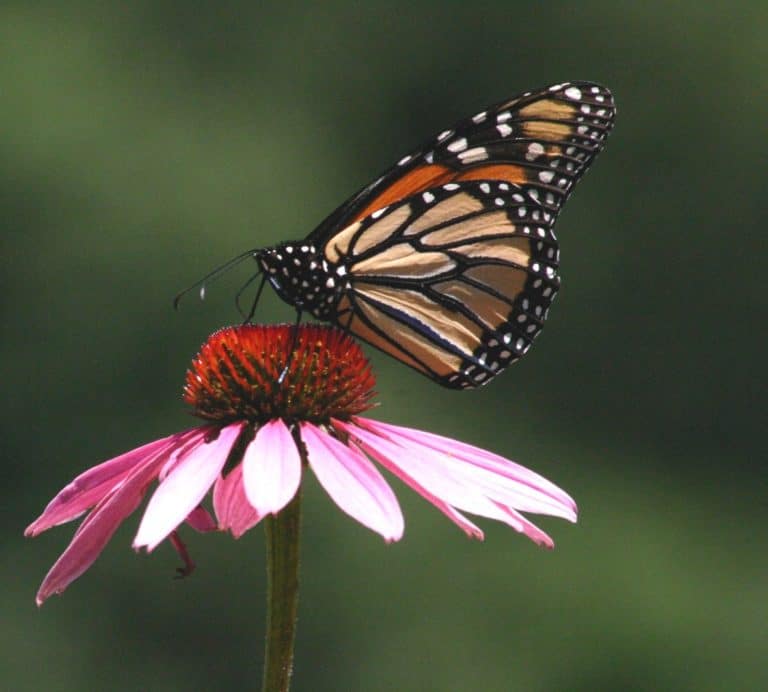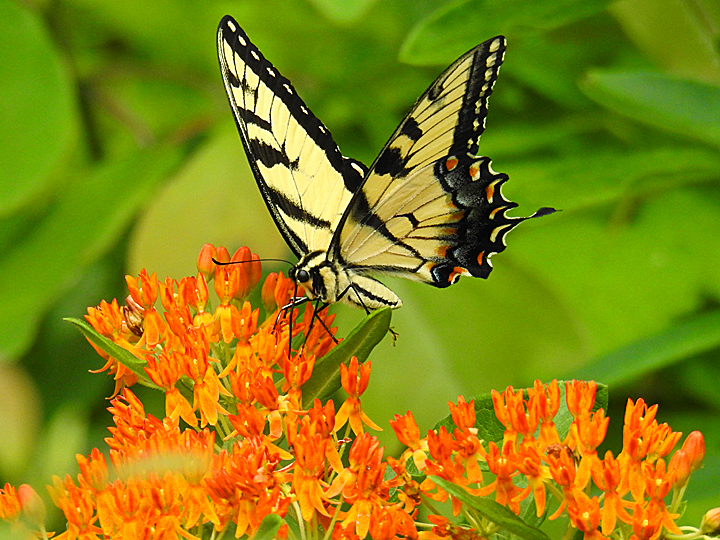scat seed balls
The elves at Natural Lands are hard at work hand-crafting seed balls that mimic the poo of native wildlife. Does that sound odd? Well, 2020 has been an odd year, so…
The elves at Natural Lands are hard at work hand-crafting seed balls that mimic the poo of native wildlife. Does that sound odd? Well, 2020 has been an odd year, so…
It might look like a box of poo, but our Scat Seed Balls are so much more! Each seed ball contains a mix of native wildflower seeds and ideal growing medium to help the seeds get started. Plant these seed balls in your yard and enjoy beautiful wildflowers that will help attract insects, birds, and other wildlife.
Our wildflower seeds are responsibly harvested from Crow’s Nest Preserve in Elverson, PA, and shaped into scat seed balls by volunteers. All proceeds from the sale of the scat seed balls go towards scholarships to Crow’s Nest Summer Camp.
Choose from one of two mixes of wildflowers, or one of our featured species. All packages include educational labels about how to identify animal scat and instructions for planting your seed balls.
$20/package (includes tax)
It looks like a pile of deer scat, but tucked inside each pellet are seeds from native wildflowers suited to a meadow ecosystem. The mix includes:
$20/package (includes tax)
Our raccoon scat contains seeds from wildflowers that are excellent additions to a native plant garden. The mix includes:
$10/package (includes tax)
Each box contains a replica fox scat with seeds from a featured species of wildflower. Options are:


